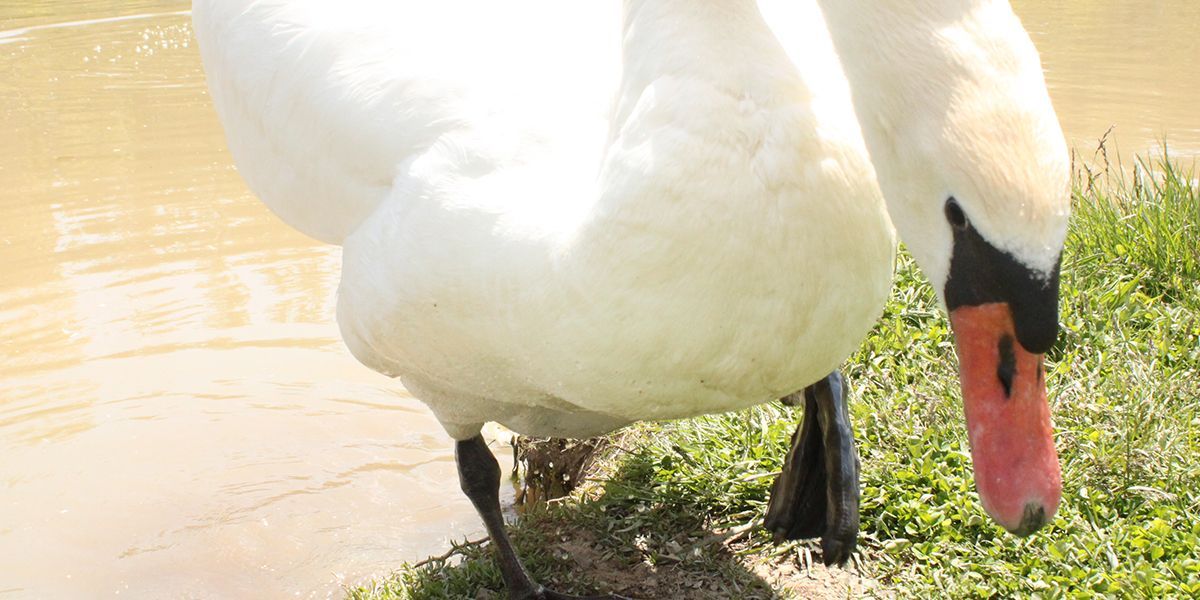Mute Swan
The Mute Swan is native to much of Eurasia with a total population of about half a million birds. Some 350 000 of these reside in the former USSR. They have also been introduced into North America, Australia and southern Africa.
This bird is recognized by it wholly white body and orange beak bordered in black. There is a pronounced knob on top of the beak.
Mute Swans are the second largest swan after the Tundra Swan. Males have an average weight of 9.2 14.3 kg (20 – 32 lbs) and females an average weight of 8.5 – 9.6 kg (19 – 21 lbs). They are one of the heaviest flying birds.
They feed on a wide variety of vegetation.
This bird is recognized by it wholly white body and orange beak bordered in black. There is a pronounced knob on top of the beak.
Mute Swans are the second largest swan after the Tundra Swan. Males have an average weight of 9.2 14.3 kg (20 – 32 lbs) and females an average weight of 8.5 – 9.6 kg (19 – 21 lbs). They are one of the heaviest flying birds.
They feed on a wide variety of vegetation.
Fun Facts
In 2005, the United States declared them a non-native unprotected species.

scientific classification
Kingdom
Animalia
Phylum
Chordata
Class
Aves
Order
Anseriformes
Family
Anatidae
Genus
Cygnus
Species
C. olor
Where to find us
Safari Niagara is home to seventeen Mute Swans.
did you know?
The nest is built of a mound of vegetation in shallow water, on an island or at the edge of a lake.
Mute Swans are strongly territorial. During the breeding season they will aggressively defend the nest and their young, known as cygnets.
Mute Swans were introduced into North America in the late 19th century. A study of populations in the lower Great Lakes between 1971 and 2000 showed their numbers were increasing at a rate of 10% a years. This meant their numbers were doubling every seven years.



